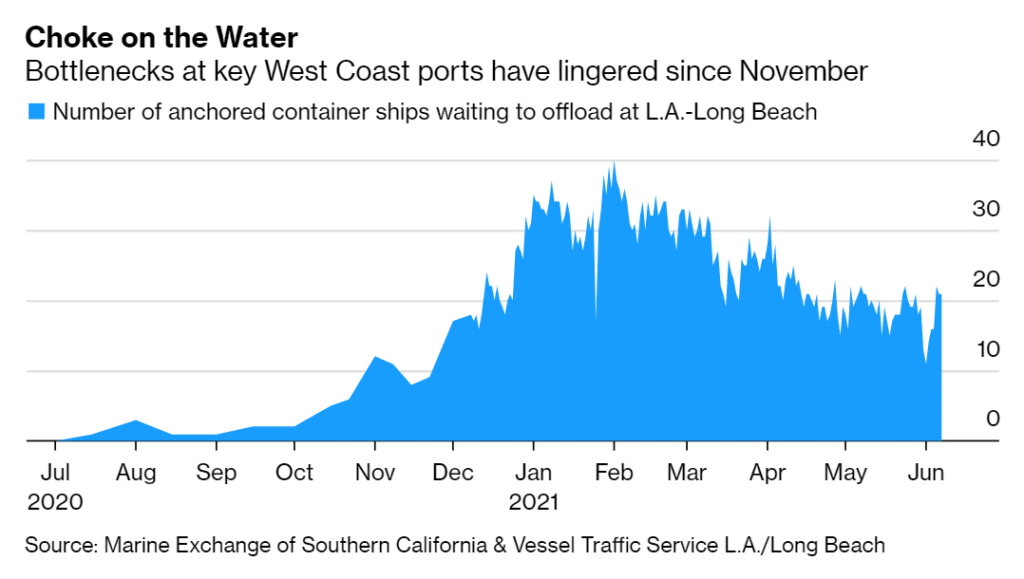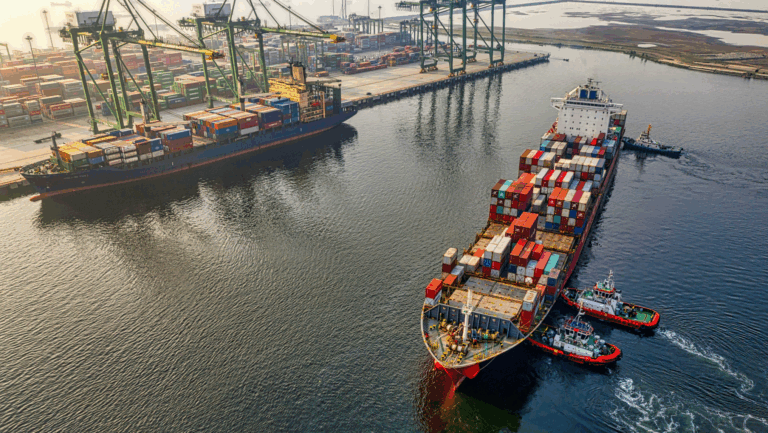Three Ways Supply Chain Bottlenecks are Impacting U.S. Ag Trade
The trickle effects of COVID-related shutdowns in 2020 are creating lingering consequences for U.S. ag export trade.
As consumers across the nation are returning to what resembles a more ‘pre-pandemic’ lifestyle, American farmers are navigating the residual impacts of business and border closures from last year. One lesson learned from the COVID-19 pandemic? Our global food system is a delicate balance of supply and demand management that takes time to correct once disrupted.
Where are food system disruptions hitting agricultural trade the hardest?
#1: Supply and Labor Shortages
While many of the plant closures in the first half of 2020 were short-lived, unfortunately, the longer ramifications have just begun to reach the surface. There are several supply shortages U.S. farmers are facing so far in 2021, including:
- Resin shortages from chemical plant closures that are creating a backlog in the plastic production industry. This backlog limits farmer access to essential plastic ag supplies, including baler twine, net wrap, silage bags, drainage equipment, and more. Not having sufficient access to these materials is particularly concerning for dairy farmers who rely on plastic packaging for milk production.
- The microchip shortage is contributing to long wait times for farmers interested in upgrading their equipment. After a historically high year for net farm income, Deere & Company reported that they expect global sales of farm equipment to rise 10 to 15 percent in 2021. Increased demand for equipment combined with part manufacturing shortages is creating difficulty for farmers to access necessary equipment parts and conduct seasonal maintenance.
- Shipping pallet shortages hit the ag industry this year just ahead of grape harvest as growers saw their profits dwindle due to high packaging and transportation costs. Prices for shipping pallets have reportedly doubled from 2020 to 2021 to an estimated $15 per piece.
- Farm labor shortages are a perpetual challenge for American farmers which was compounded by border closures last year. But beyond hired help on the farm, U.S. ag trade is facing a lack of hired truck drivers, warehouse labor, and other logistic workers—leading to the next major supply chain bottleneck happening in the U.S. ag trade sector.
#2: A Tangled Transportation System
While U.S. farmers are facing supply and labor shortages on the domestic front, trade ports around the world are attempting to ease congestion that is delaying overseas shipments and raising shipping costs. According to the Federal Maritime Commission, the abrupt shift in demand and backlogs of the supply chain don’t seem to be easing anytime soon.

“As you see the pandemic lift, I think you’re going to see changes in what’s demanded but demand is going to go up even further. If this is primarily a supply and demand issue, then, unfortunately, it’s going to continue because the supply is limited, and the demand just keeps on going up.”
Dan Maffei, Chairman of the Federal Maritime Commission
#3: Increasing Costs
The web of logistical logjams and supply shortages have created one critical concern for the American farmer: higher input prices. With the 2021 net farm income forecast still well above 2019 levels, that well-deserved margin of profitability could shrink as the cost of supplies, packaging, and transportation continue to rise. The demand for nitrogen and other fertilizers, for example, is high which leads to elevated prices for farmers—particularly for grain farmers who are trying to push for full production potential while crop commodity prices are strong.
Overcoming Supply Chain Risks in Agriculture
Staying informed on current challenges facing the industry is the first step towards developing a strategy that can withstand their impacts. As an advocate for the thriving future of the American family farm, AgAmerica provides industry updates in order to help farmers across the nation make the best decisions possible for their unique operation.
There are several immediate strategies you can implement to protect your farm from the existing bottlenecks in the industry.
- Update your existing business plan to account for higher input costs.
- Plan for extended time to transport agricultural goods.
- Evaluate existing costs to reduce farm expenses.
- Discuss your balance sheet with your lender to see if additional capital is needed.
In farming above all else, preparation is the key to success. Learn more about the financial state of your farm operation by exploring AgAmerica’s free financial health check tool.






